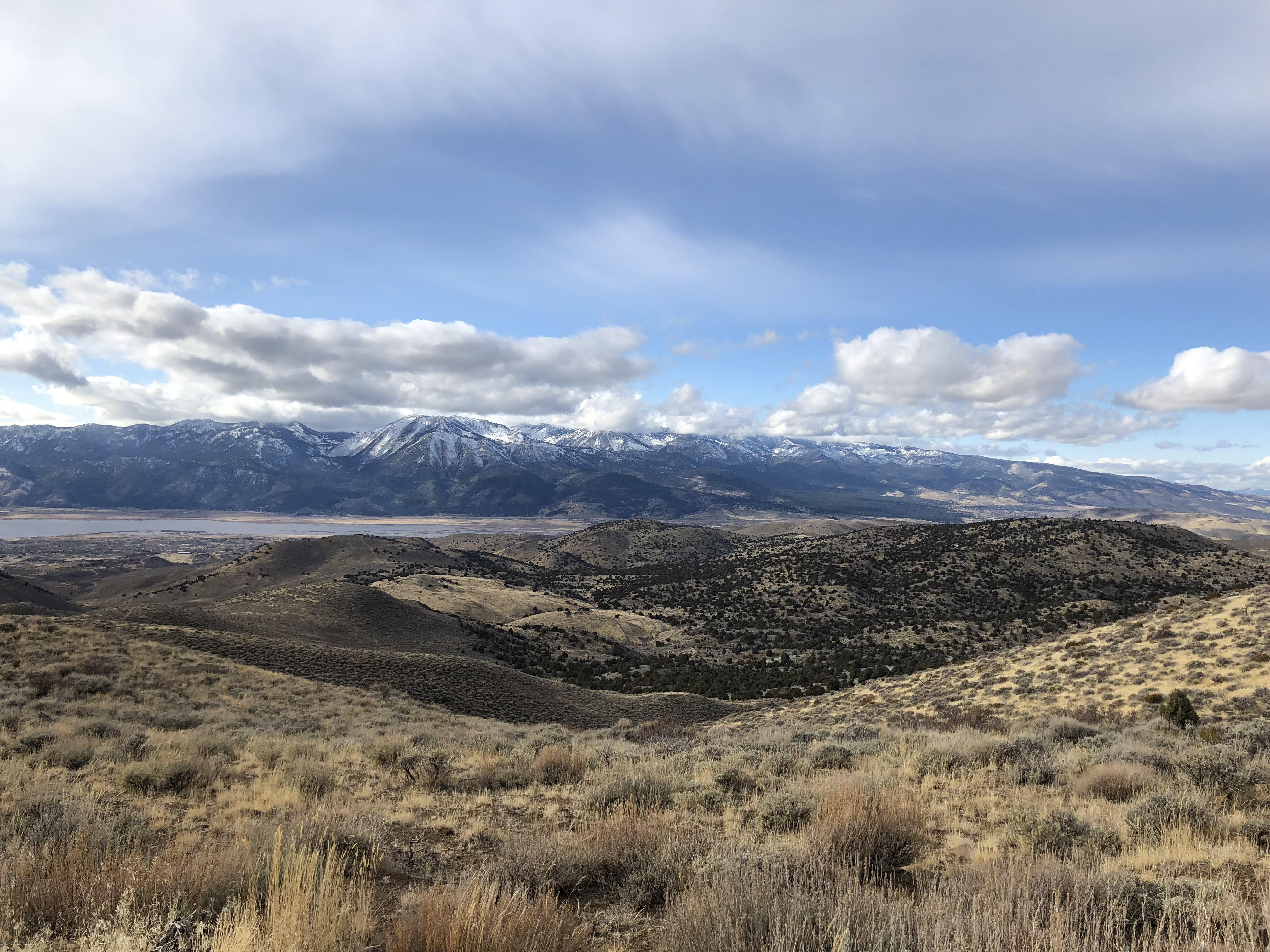



Rural isolation limits emergency response, elevating risks for property crimes.

Positioned 20 miles southeast of Reno at 6,200-7,500 feet elevation, this unincorporated community in Storey County features expansive rural parcels with panoramic views, characterized by limited municipal services and a mix of permanent residences/vacation properties¹.
Approximately 1,100 residents occupy 1-20 acre lots, with 45% seasonal occupancy. Median household income is $92,000 (35% above county median), and 88% homeownership².
71% of properties rely on septic systems and private wells. Road maintenance responsibilities fall primarily on property owners³.
2023 sheriff reports show 68% of incidents involve property crimes, with burglary rates of 3.8 per 1,000 residents. Theft targets construction sites and unoccupied seasonal homes⁴.
Average law enforcement response time is 22 minutes (Storey County Sheriff data), exceeding urban benchmarks by 250%⁵.
Three primary access roads (Geiger Grade, Cartwright Road, Virginia Foothill Road) experience winter closures 5-10 days annually due to snow/ice, isolating subdivisions⁶.
Power outages average 42 hours annually per household (NV Energy data), with cellular coverage gaps affecting 30% of parcels⁷.
38% of employed residents work remotely. Tourism-adjacent employment (Virginia City casinos/historic sites) accounts for 22% of local jobs⁸.
Short-term rental activity peaks May–October, with 19% of housing units listed on platforms, generating non-resident traffic⁹.
Proximity to public lands (Toiyabe National Forest) enables recreation but increases wildfire ignition risks—85% of parcels are in "Very High" severity zones¹⁰.
No street lighting exists, and minimal commercial infrastructure necessitates travel to Reno/Sparks for supplies, increasing property vacancy periods¹¹.